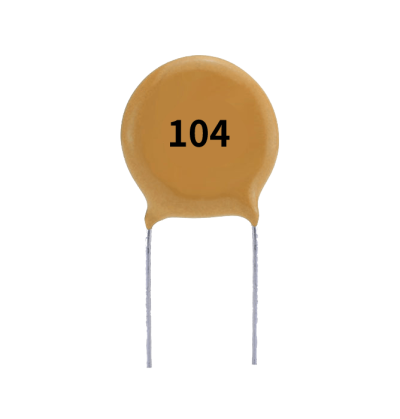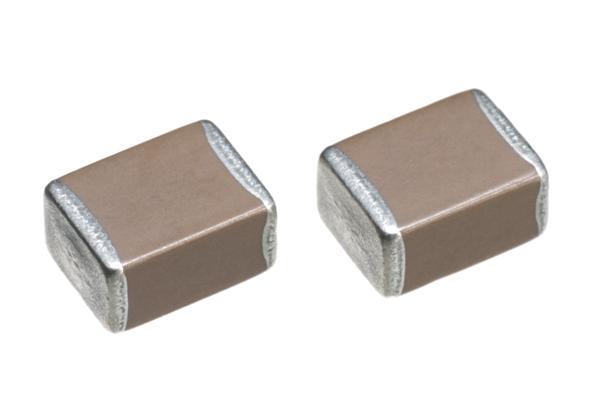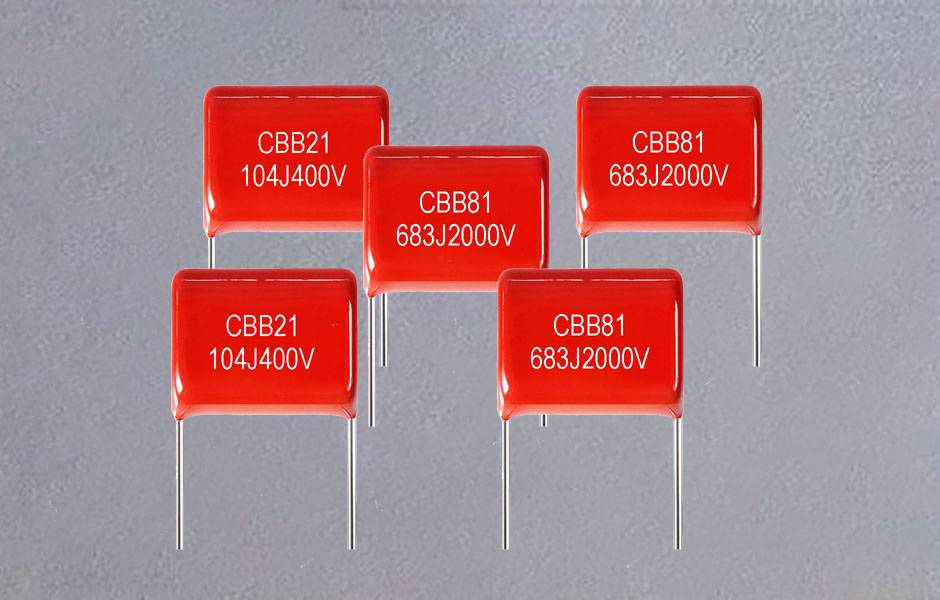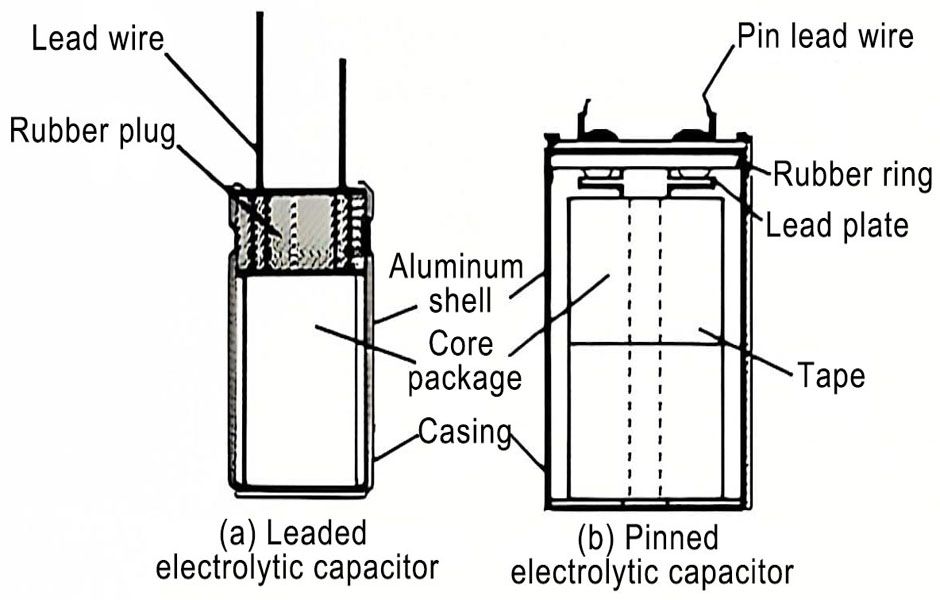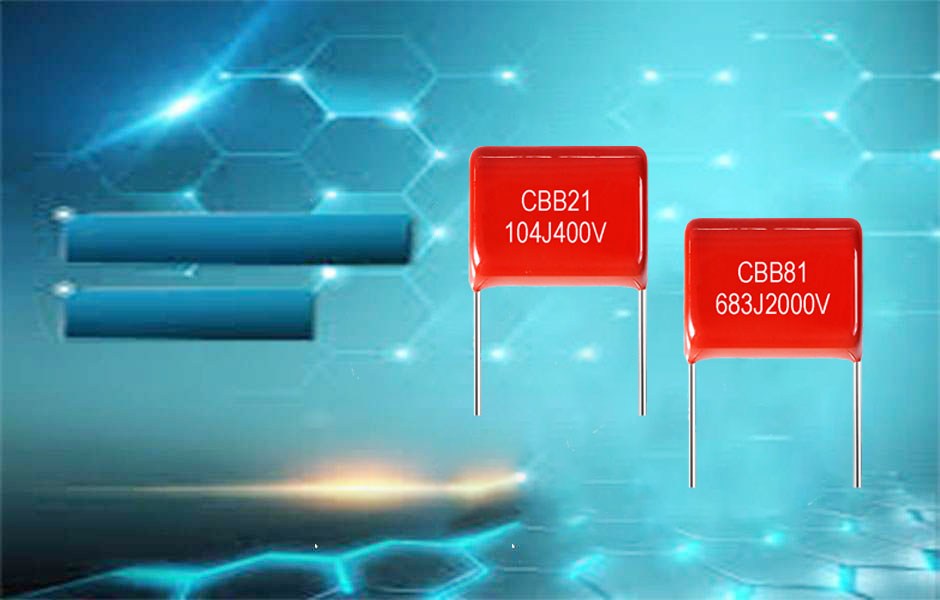In the intricate world of electronics, certain components play a pivotal role in ensuring the seamless flow of energy within circuits. One such unsung hero is the ceramic capacitor. Despite its unassuming appearance, the ceramic capacitor is a powerhouse in modern electronic devices, contributing to their efficiency and functionality. In this article, we will unravel the mysteries behind ceramic capacitors, exploring their working principles, types, applications, and much more.
Introduction—What is a Ceramic Capacitor
Picture this: you’re using your smartphone, and it’s functioning effortlessly. Behind the scenes, ceramic capacitors are silently at work, storing and releasing electrical energy to ensure a steady and reliable performance. These small yet mighty components are the unsung champions of the electronics world.
Types of Ceramic Capacitors
Ceramic capacitors come in various forms, with the two main types being multi-layer ceramic capacitors (MLCCs) and ceramic disc capacitors. MLCCs are widely used for their compact size and high capacitance, while ceramic disc capacitors find applications in specific scenarios, showcasing the versatility of this component.
If you want to know more detailed classification of ceramic capacitors, please click on our main website: www.xuanxcapacitors.com
Structure and Basic Working Principles of Ceramic Capacitor
Next, let’s understand how ceramic capacitors work. Ceramic capacitors are composed of a pair of metal electrodes and a dielectric layer. Their working principle is to use the capacitive properties of the medium to store electrical energy. In a circuit, when the voltage across a capacitor changes, charge moves back and forth between the metal electrodes of the capacitor, allowing the storage and release of electrical energy. The dielectric of ceramic capacitors is commonly made of ceramic materials, so they are also called ceramic capacitors. Different dielectric materials have different capacitance characteristics. Therefore, when selecting ceramic capacitors, it is necessary to select appropriate dielectric materials and capacitance values according to specific application requirements.

Ceramic Capacitor Side Cut Structure
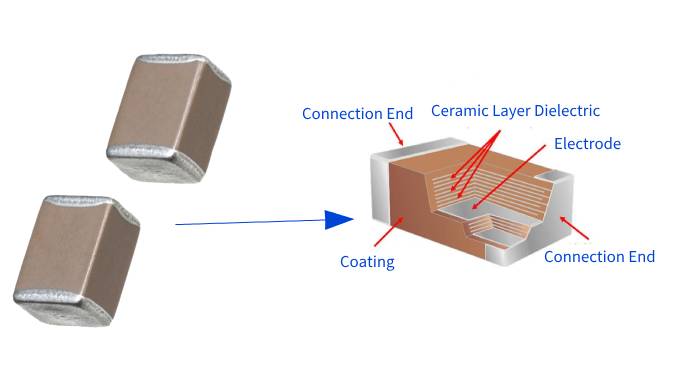
Multi-layer Ceramic Capacitors Side Cut Structure
Advantages of Ceramic Capacitors
Electronic circuits rely on a variety of components to function efficiently, and one crucial element in this realm is the capacitor. Among the different capacitor types, ceramic capacitors stand out for their distinct advantages. Let’s delve into the key features that make ceramic capacitors a popular choice in electronic design.
- Compact Size
Ceramic capacitors boast a compact form factor, making them ideal for applications where space constraints are a critical consideration. This attribute aligns seamlessly with the ongoing trend in electronics toward miniaturization.For example, 0402 chip ceramic capacitors refer to 0402 indicating the inch package size. The corresponding metric package size is 1005, and the specification is 1.0×0.5 (unit: mm)
- Cost-Effectiveness
In the realm of cost-effectiveness, ceramic capacitors shine. Their manufacturing processes result in a more budget-friendly option compared to some other capacitor types. This affordability factor positions ceramic capacitors as a preferred choice in mass-produced electronic devices.
- Low Equivalent Series Resistance (ESR)
Critical in high-frequency circuits, ceramic capacitors exhibit low Equivalent Series Resistance (ESR). This characteristic enhances their performance in applications where minimizing resistance is paramount.
- Low Equivalent Series Inductance (ESL)
Minimizing inductance is a key consideration in certain applications. Ceramic capacitors excel in this regard, with low Equivalent Series Inductance (ESL), making them suitable for high-frequency applications.
- Low Leakage Current
Maintaining stable voltage levels is crucial in many applications. Ceramic capacitors address this concern with low leakage current, ensuring the integrity of electronic circuits.
- High-Frequency Performance
Ceramic capacitors demonstrate excellent performance at high frequencies. This characteristic makes them well-suited for applications in RF (radio frequency) circuits and high-speed digital circuits.
- RoHS Compliance
Environmentally conscious design is gaining prominence. Many ceramic capacitors adhere to RoHS regulations, ensuring they are free from hazardous substances like lead.
In conclusion, the advantages of ceramic capacitors extend from their compact size and cost-effectiveness to high capacitance values, low ESR, and high stability. While they are not without limitations, such as sensitivity to voltage changes, these attributes make ceramic capacitor a versatile and widely utilized component in the realm of electronic design.
Applications of Ceramic Capacitors
- Decoupling and Filtering: Ceramic capacitors play a key role in decoupling and filtering within electronic circuits, ensuring a stable power supply and mitigating unwanted noise.
- Timing circuits: Due to their stability, ceramic capacitors have become indispensable components in timing circuits, oscillators and filters, where precise timing is required.
- Coupling and Bypassing: Ceramic capacitors are used in coupling and bypassing applications to help pass AC signals while effectively blocking the DC component.
- RF applications: Because of their low ESR and ESL, ceramic capacitors are favored in high-frequency radio frequency (RF) applications where minimum impedance is critical for signal integrity.
In conclusion
To summarize, ceramic capacitors are versatile electronic components with a variety of applications, and their properties make them valuable in various electronic circuits. Different types meet specific requirements in terms of stability, capacitance and temperature dependence.
